The manufacturers that took part in the test were Yamaha, Suzuki, Honda, Can-Am, Arctic Cat and Polaris. Each manufacturer was asked for their most popular model with Irish farmers. It is important to note that each ATV was of different specifications, in terms of power and suspension, which enabled us to conduct a broad test to see which one performed better in the various challenges.
The course was constructed deep within the forest in the Slieve Bloom Mountains in Co Laois. The course consisted of an off-road track with various terrains from rocky hard ground leading on to soft forestry floor and, finally, into wet bogland and a water crossing.
This gave us the opportunity to see how each ATV performed over the varying ground conditions. The mountains also gave us the perfect backdrop to conduct a braking and performance test, along the gravel forest roads.
Braking test
The ATVs came in different engine sizes and weights so, it was interesting to see just how each performed. All of the ATVs tested were equipped with front disc brakes, while some had rear disc brakes and some had a multi-disc sealed system or mechanical drum brake. Each ATV was accelerated up to 20km/hr, along a downhill gravel road until they reached a point marked by a cone. Upon reaching this mark, the rider applied the front and rear brakes fully in order to stop the ATV in an emergency situation. The results were somewhat surprising as one of the heavier bigger bikes stopped in the shortest distance. See the full quad brake test results on page 9.
Performance test
For the performance test, each ATV was equipped with a rear ball hitch and coupled to a small single-axle quad trailer. The trailer was then loaded with a round bale of straw for weight (approximately 200kg). Each ATV had the same rider and was coupled to the same trailer with the same load. The rider started at a predetermined point and set off towing the trailer up a 40-degree incline at a set speed of 10km/h until reaching the finishing point.
Each ATV did the same test in both 2wd and 4wd with each run being timed. Again, the results were surprising as engaging the 4wd system increased the time as more traction was used to pull the trailer. See the performance test results table.
Handling
The ATV, which we feel performed the best in relation to handling, was the Yamaha Kodiak 700. When we each tried the Kodiak, it felt very nimble and sharp. Yamaha designed the Kodiak as a smaller, sportier version of the Grizzly. The fully independent suspension performed well over the various terrains and kept you feeling as if you are in control. Although the Yamaha did not have the smallest turning radius, it did we feel perform the best overall in terms of handling. See the turning radius results.
Practicality
Our choice when it came to shear practicality in an ATV had to be the Polaris UTE 570 HD. Polaris designed this ATV for the Australian farmer as a workhorse. The rear tipping hopper with its 180kg capacity is a useful feature. It has raised sides, which allows you throw anything into it and avoids time wasted by not having to strap it down. The UTE also has a large lockable waterproof front storage compartment and a towing capacity of 556kg. The final factor, which made us choose the UTE, was that it comes fully road legal and Polaris says it can be taxed as an agricultural vehicle.
Performance
All of the ATVs performed exceptionally well in the test but one really stood out – the Can AM Outlander L Pro. It is very hard to choose one ATV over another as they all had different engine sizes but what made us pick the Can Am was its torque and acceleration. The Outlander is fitted with a V Twin Rotax engine producing 570cc and was well able to keep up with the larger-engined Suzuki and Yamaha. Off-road, the torque speed at which it kicked in was very useful when travelling through the wet bogland and, back on the road, the speed made getting to your destination far less time consuming.
Comfort
The reliable Honda gets our choice when it comes to comfort, although this is very much a personal choice. Once you spend a considerable amount of time using each ATV, only then can you appreciate the difference between each. Some machines would leave you quite stiff or sore after off-roading, while the Honda made it feel like a walk in the park. It felt very planted and gave you the confidence to push it that little bit more. At the start, the electric gear shift was a bit more fiddly in comparison with the other CVT options, but once you get used to it, it is nice and simple to use.
Value
There was no mistaking that one ATV was better value than the rest. The Arctic Cat 500 EFI has a retail price of just €7,600 including Vat and comes with a two-year manufacturer’s warranty as do the others. This is €3,899 cheaper than the most expensive ATV on test. Of course, you cannot compare the two but the point is that the plucky Arctic Cat did everything the bigger-powered, more expensive machines did without any problem. The Arctic Cat had no power steering, but this was barely noticeable when riding off-road.
This ATV begs the question, does the average farmer need the extras offered by the more expensive ATVs or is the money saved better off used elsewhere in the business?
Safety
This is one of the most important factors when choosing any ATV. ATVs are an extremely useful machine around the farm, but can cause serious injury if not treated with respect as they are of course farm machinery, not toys.
All of the ATVs on test were equipped with various safety devices such as kill switches of various designs to kill all power going to the engine once engaged, but the Suzuki gets our vote.
In addition to the standard safety devices, it is also fitted with a pull-off kill switch, which the rider attaches around their wrist and, in the event of a dismount, the switch pulls out and the ATV comes to a stop. All of the ATVs tested have a minimum age limit of 16 years before you can use them and it should only be done provided you have received full training and are wearing the appropriate personal protective equipment gear.










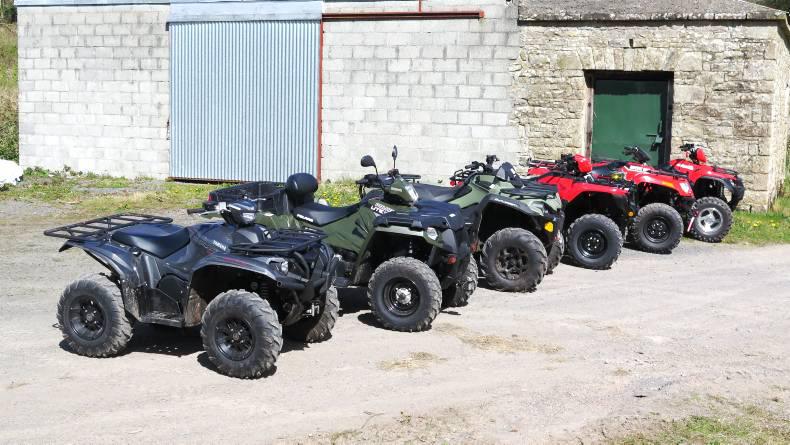
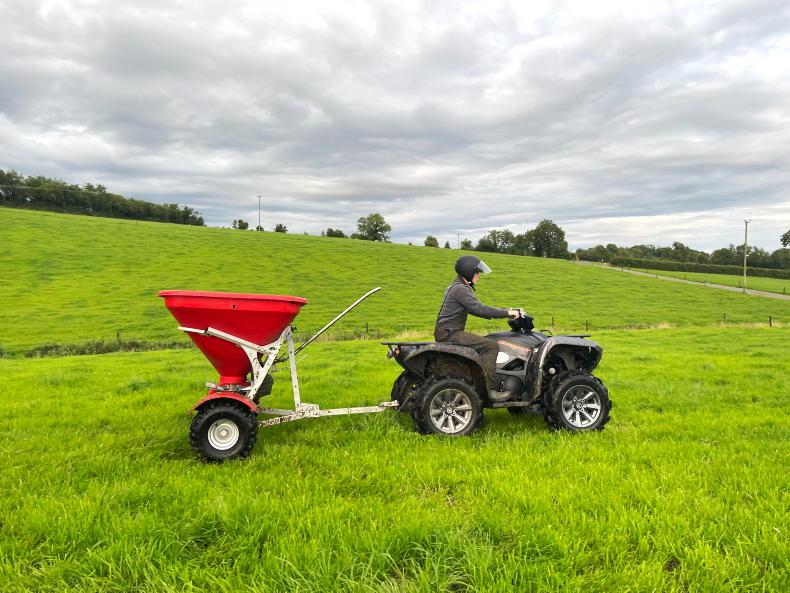
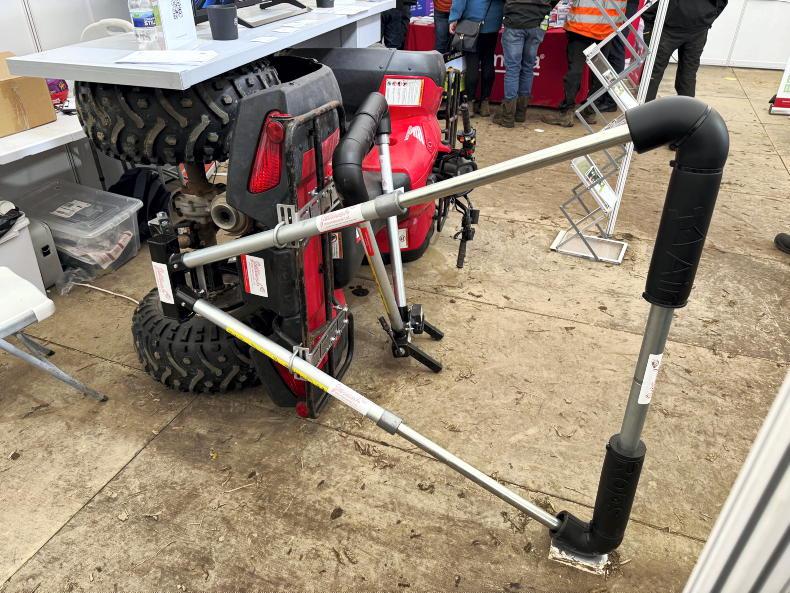
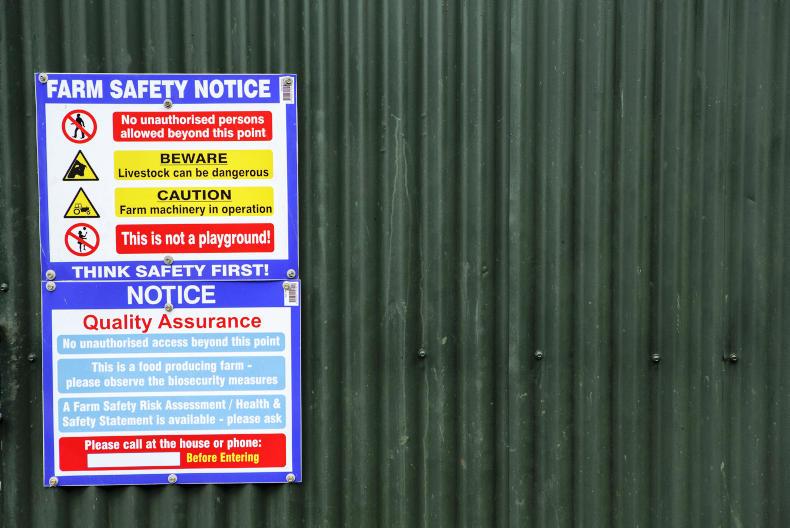
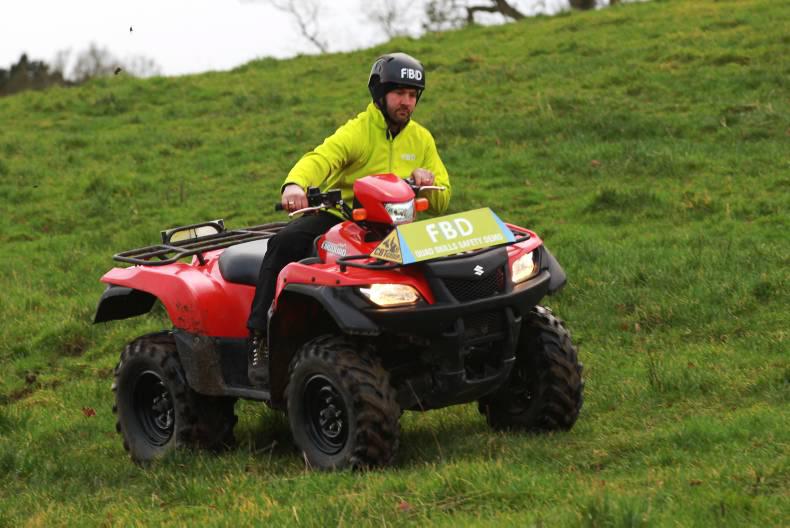
SHARING OPTIONS